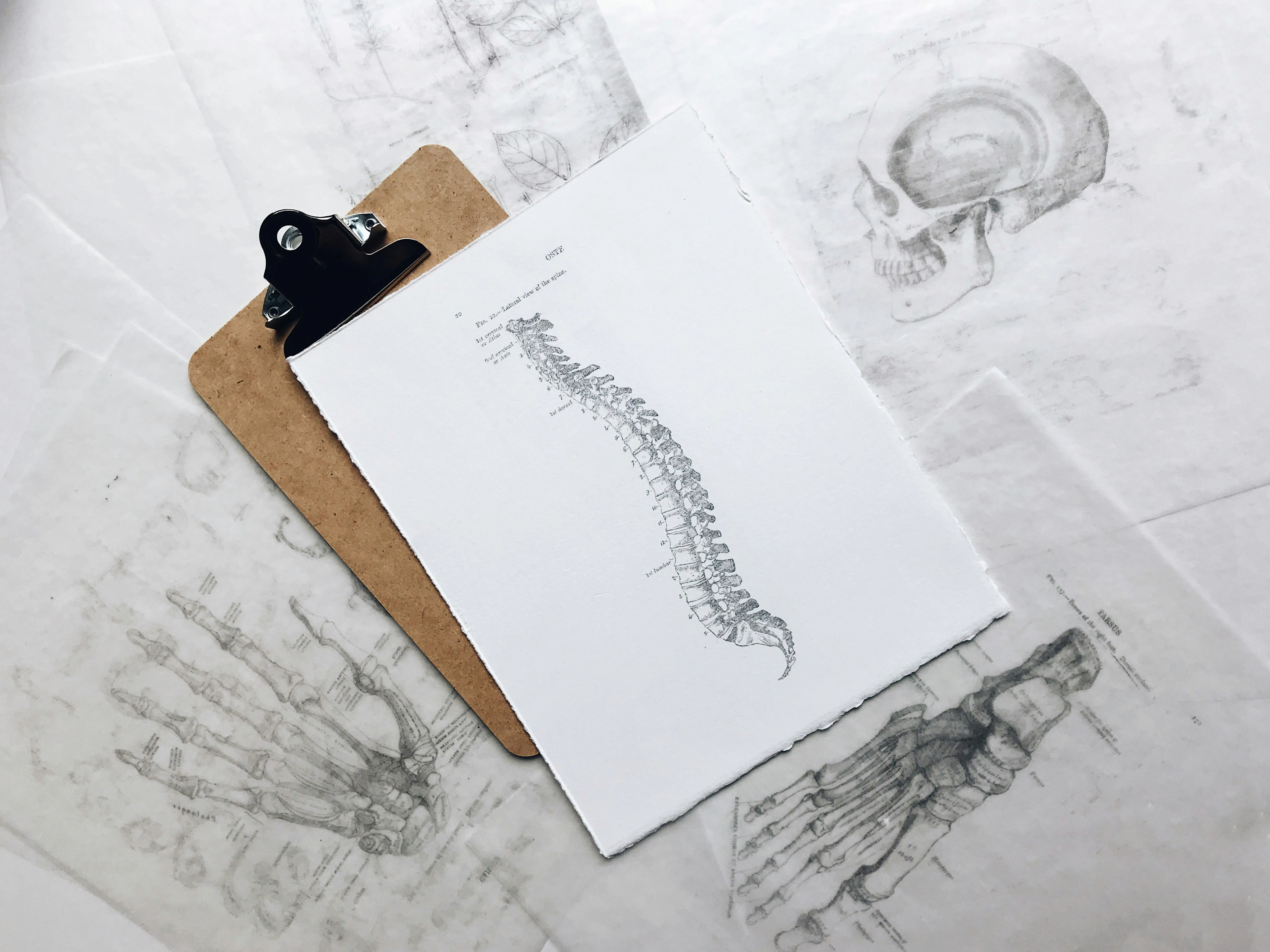
Reading Time
7
Published
Apr 22, 2024
Is Scoliosis a Disability? Here’s What You Need to Know
Scoliosis can impact your life in a myriad of ways, from back, shoulder and neck pain, to difficulty with movement and even trouble breathing. It can affect children and adults alike, and it can be a lifelong struggle. But is scoliosis a disability? What does the term really mean, and what should scoliosis patients be aware of? We’ll go over some of the most important things to know if you or a loved one has received a scoliosis diagnosis.
Written By
Momentum Health
What exactly is a disability?
The definition of a disability varies depending on the institution or organization you’re working with, as different programs, states, and countries establish their own guidelines and requirements. However, most programs and agencies refer to the disability definition established in the Social Security Code of Regulations of the Social Security Administration:
“The law defines disability as the inability to do any substantial gainful activity by reason of any medically determinable physical or mental impairment which can be expected to result in death or which has lasted or can be expected to last for a continuous period of not less than 12 months.”
This means that, in the eyes of the Social Security Administration (SSA), being disabled means that your illness has prevented you from working for at least 12 months and is affecting your quality of life in a significant way.
Is your scoliosis a disability?
The answer to this question is ‘it depends.’ Some scoliosis patients only have mild symptoms and impairment, and they can go about their lives without any difficulty, while for some, the deformity can be advanced and prevent them from working, exercising, or engaging in other daily tasks.
Scoliosis isn’t one of the official standalone diagnoses listed in the SSA’s Blue Book, which features all the conditions that qualify for Social Security disability. That’s because it’s not automatically considered a disability, and qualification ultimately depends on the severity of each case. However, patients suffering from scoliosis can still qualify for SSA disability benefits under the Blue Book, but under different conditions, such as disorders of the spine or musculoskeletal disorders.
When is scoliosis considered a disability?
Scoliosis can present with very mild symptoms, or it can be severe enough that the patient is physically impaired and can’t work or engage in daily activities. But how bad does scoliosis need to be to be considered a disability?
If the patient presents with severe back pain that interferes with their ability to move, or medical imaging shows narrowing of the spinal canal, nerve compression that causes difficulty walking, nerve pain, or loss of reflexes, then scoliosis is considered severe enough to be disabling, according to the SSA’s Blue Book guidelines.
How do you show that scoliosis is disabling?
If your scoliosis is severe and you think you qualify for Social Services disability, you’ll need to present medical evidence that this affliction is affecting your quality of life and your ability to work.
You and your doctor will have to certify and prove that your scoliosis is severe enough to impact your life and ability to work, and depending on the case and specific requirements, you might need to present some or all of the following:
Imaging that shows spinal curvature (X-rays, CT scans, or MRI scans)
Physical examination notes from your doctor listing symptoms like pain, weakness, reduced range of motion, nerve damage
A comprehensive record of all your medications, as well as their side effects, if any
The opinion of a scoliosis expert (surgeon, neurologist)
Reports of any interventions or operations you might have had for spinal deformity
Proof of use of an assistive device, such as a back brace, a cane, walker, or wheelchair
Physical therapy records
Other records the organization you’re addressing requires
What if you don’t qualify for SSA disability?
In some cases, the SSA might not deem your scoliosis severe enough that it qualifies for disability benefits, but if you don’t agree with their evaluation, there is another route you can try. You could still qualify for SSA benefits if you can prove that your symptoms interfere with your ability to work, through a residual functional capacity (RFC) assessment.
This assessment is done to show exactly which tasks you are capable of, and which you are not, while suffering from scoliosis. Usually, if the RFC assessment shows that your scoliosis is causing a 20% decrease in productivity levels, thus affecting your ability to do your job effectively, the SSD will approve your disability request.
For instance, if your assessment shows that scoliosis is impacting your ability to bend over or lift heavy objects without pain or discomfort, it’s safe to say that this will impact your job if you work in a warehouse or grocery store where that’s a daily task.
What kind of scoliosis disability benefits are there?
The SSA runs two disability benefits programs that aim to support individuals struggling with disabling afflictions:
Social Security Disability Insurance (SSDI) - this program offers financial assistance to disabled workers diagnosed with scoliosis or other spinal deformities. To qualify, you need to prove that you’ve been paying Social Security during your employment, and after you are approved, you will become eligible for Medicare in two years.
Supplemental Security Income (SSI) - this program provides monthly financial assistance to disabled individuals, children, or elders with limited income, and offers access to medical coverage through Medicaid.
When should you apply for scoliosis disability benefits?
If your scoliosis is impacting your ability to work, then it might be the right time to apply for disability benefits. However, if you’re not sure it will be worth the effort, this might help.
Apply for scoliosis disability if:
You have a scoliosis diagnosis, but you still are unable to perform your daily tasks at work even with appropriate treatments
Your scoliosis is so severe that it has caused other health issues
Reconsider applying for scoliosis disability just yet, if:
Your scoliosis symptoms are mild or moderate and they seem to be responding to treatment
Your scoliosis is not interfering with your ability to work
You earn more than $1,550 per month or more - this is currently the income threshold to qualify for SSDI and SSI benefits
Keep track of your scoliosis with Momentum Spine
The key to effective scoliosis management is early detection and very close monitoring. That is why we have created Momentum Spine.
Our mobile app allows you and a healthcare professional to closely monitor the state of your spine and detect changes rapidly. Learn more on our website or try the app yourself! Available now on the App store and the Google Play Store.
Frequently Asked Questions
Other
More articles you may find interesting


